Don’t miss the flower season in Namaqua National Park!
Discover the stunning flower season in Namaqua National Park, where South Africa's arid landscapes are transformed into colourful floral carpets.
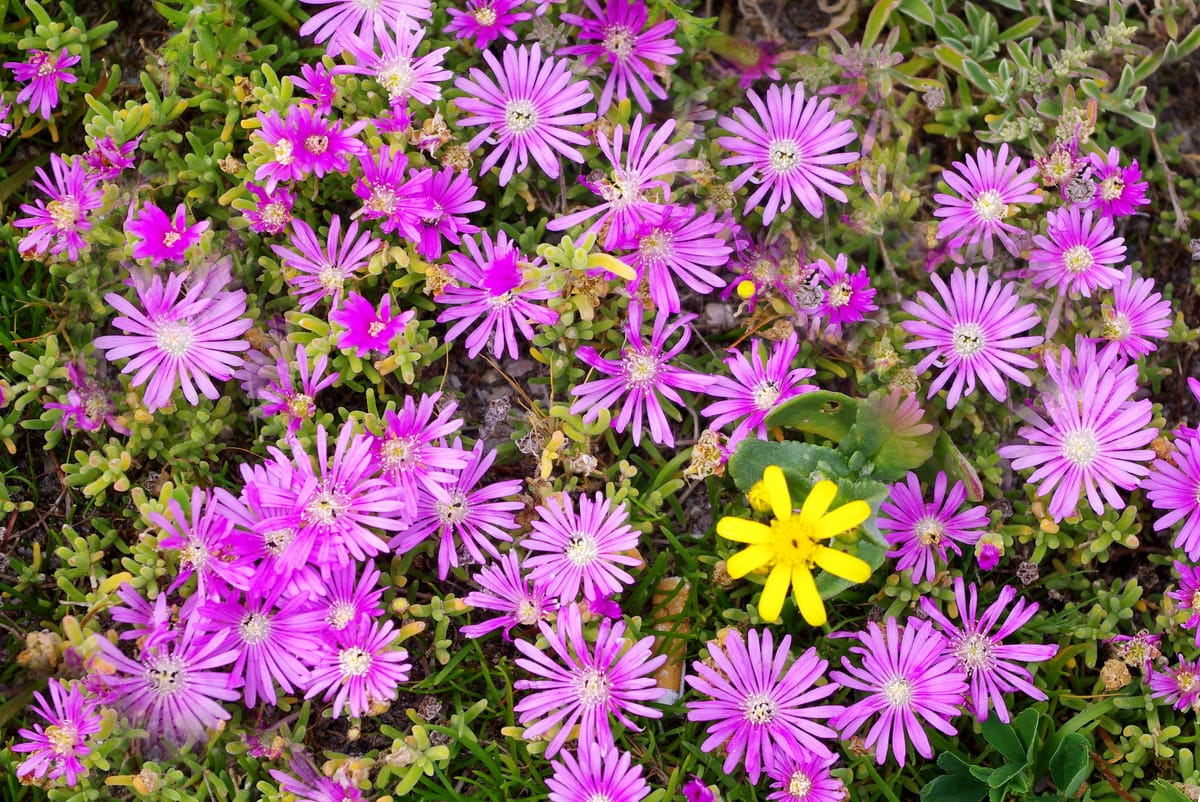
The flower season in Namaqua National Park is a spectacle that captivates travellers from across the globe. Situated in South Africa's Northern Cape, this park stretches over 1,000 square kilometres of arid landscapes that, for a few weeks each spring, transform into a riot of colour.
The peak season typically occurs between mid-August and early September, following the winter rains that rejuvenate the semi-desert terrain and trigger the annual bloom.
The park is accessed most easily via Springbok, a small town located approximately 50 kilometres north of the park's main entrance. Travellers driving along the R355 from Calvinia or the R362 from Kamieskroon will find scenic routes lined with rugged mountains and winding gravel roads. The contrast between the dry plains and the sudden flowering carpets is astonishing, providing endless opportunities for photography and quiet reflection.
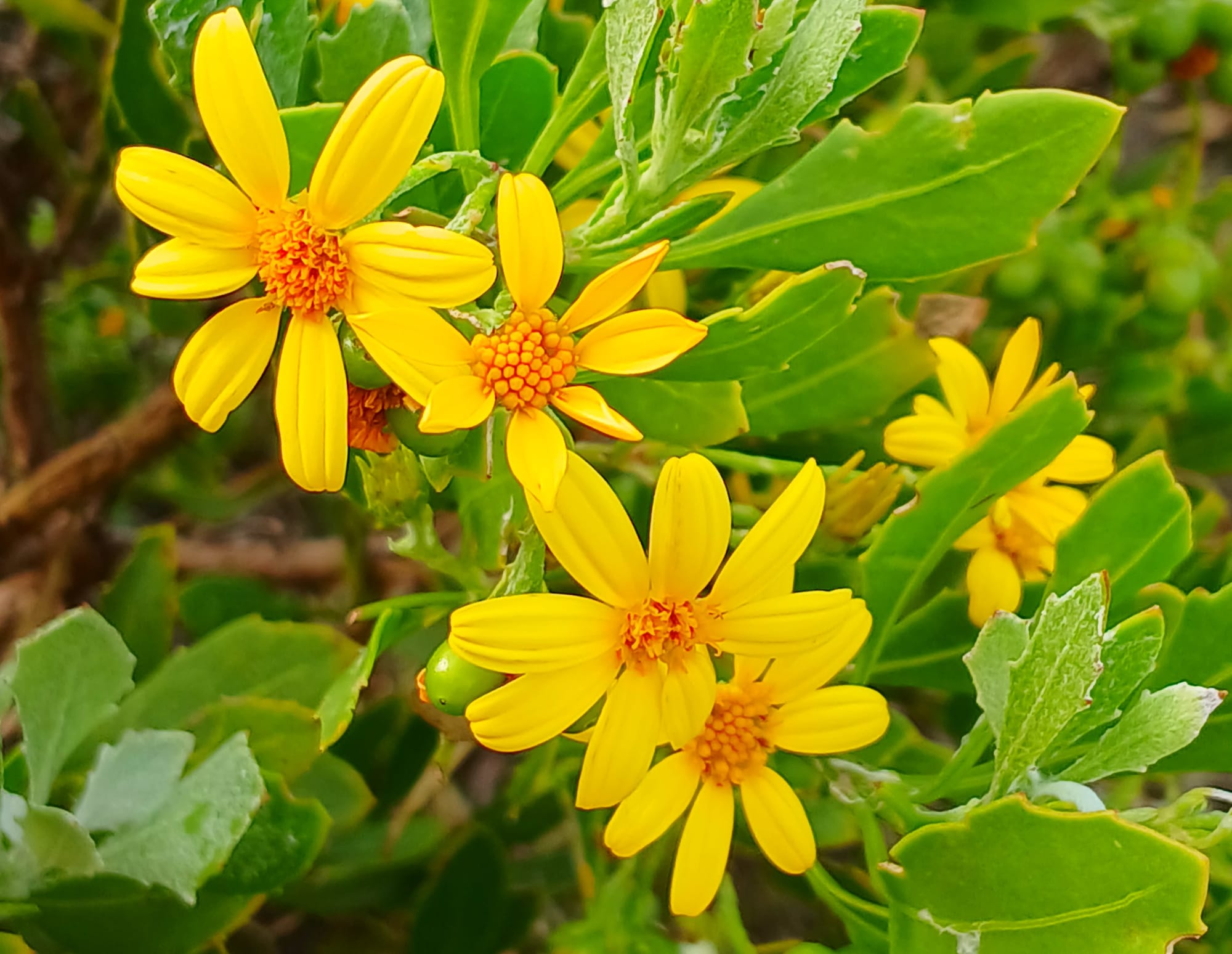
Visitors should plan for early morning excursions, when the light softens the vivid colours of the flowers and the air carries a subtle sweetness from the blooms. The park is renowned for its Namaqua daisies, which appear in vast numbers, creating seas of white, purple, and yellow. Alongside these, a diverse mix of succulents, lilies, and other endemic species pepper the landscape, each thriving in its own niche within the park’s varied terrain. Nature enthusiasts often enjoy the challenge of spotting rare species such as the Aristea lugens or the elusive Cleretum bellidiforme.
Walking trails and scenic drives are well-marked, allowing visitors to explore the park at leisure. The eco-route through the Hester Malan area is particularly popular, as it climbs gently towards viewpoints offering panoramic vistas of the floral expanses. Birdwatchers can also find delight in the small yet varied populations of endemic birds that frequent the park, including the Karoo prinia and black-eared sparrow-lark. The interplay between the flowering plants and the native fauna makes for an engaging, dynamic experience that changes with every step.
For photographers, the timing and weather play crucial roles. Clouds drifting across the distant Kamiesberg mountains can cast dramatic shadows over the blooms, while the clear morning sun illuminates the intricate textures of each flower. Macro enthusiasts can focus on delicate details, from dew-kissed petals to tiny pollinators flitting among the blossoms.
Bringing binoculars and a camera with a long lens ensures that both wildlife and floral beauty can be captured without disturbing the natural setting.
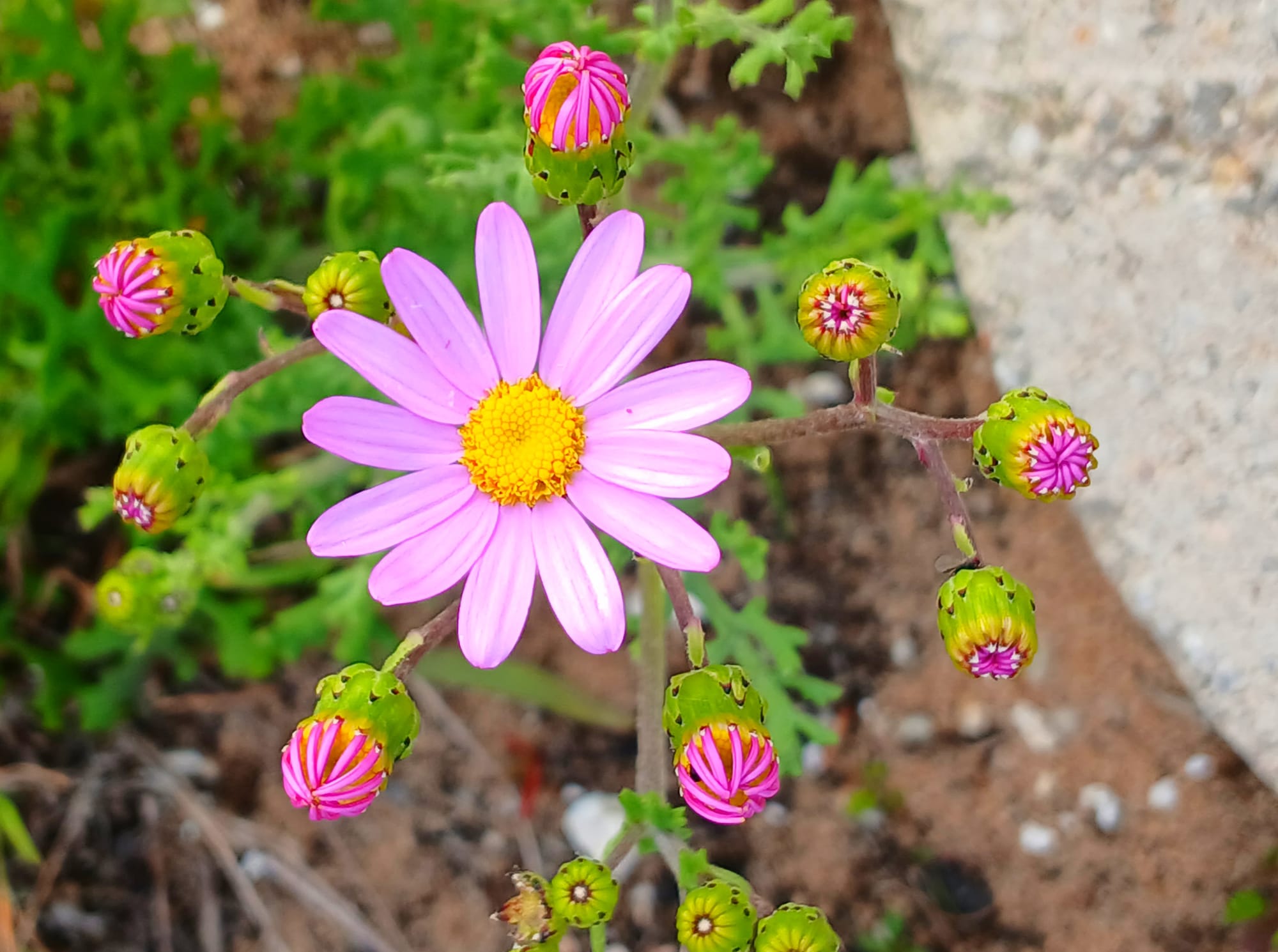

Camping and accommodation options are modest but sufficient for a comfortable stay. The park offers basic campsites at the Skilpad and Kamieskroon sections, while nearby towns such as Springbok and Kamieskroon provide guesthouses and small lodges. Many visitors combine their flower viewing with a drive along the Namaqua Route, exploring historical settlements, local art galleries, and traditional eateries. Sampling local Karoo cuisine adds a cultural dimension to the journey, connecting travellers with the region beyond its natural splendour.
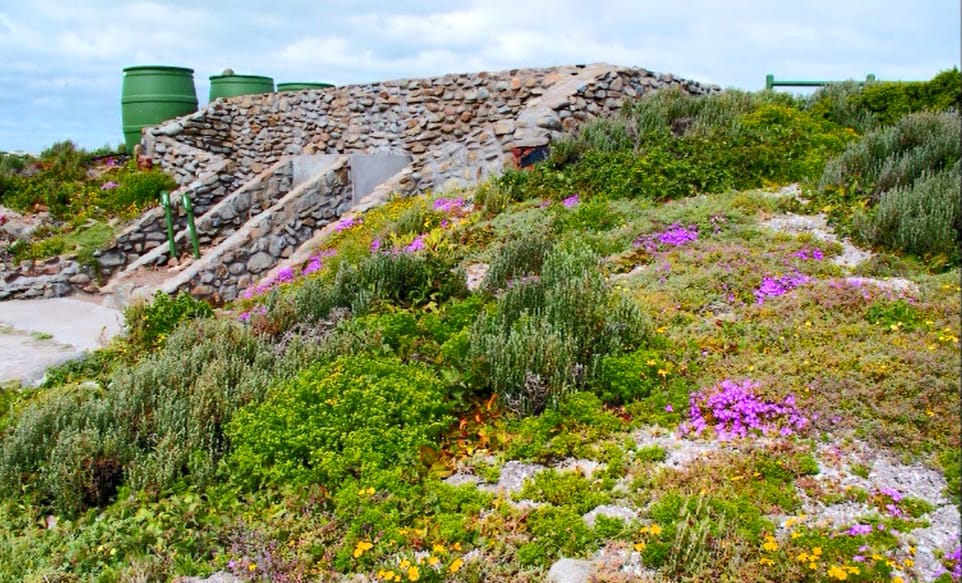
Sustainability and responsible travel are crucial during this delicate season. Visitors are encouraged to stay on marked paths, avoid picking flowers, and respect wildlife habitats. Park rangers offer guidance on the best vantage points and walking trails, ensuring that the floral displays can be enjoyed by generations to come.
Flower Season in Namaqua National Park is more than a visual feast; it is a reminder of the resilience of life in an arid environment.
The landscape transforms temporarily, creating a fleeting window where the colours, scents, and textures converge to form an experience that remains vivid in memory long after the season ends. For anyone travelling through South Africa in spring, this park offers a unique opportunity to witness one of nature's most exquisite spectacles.
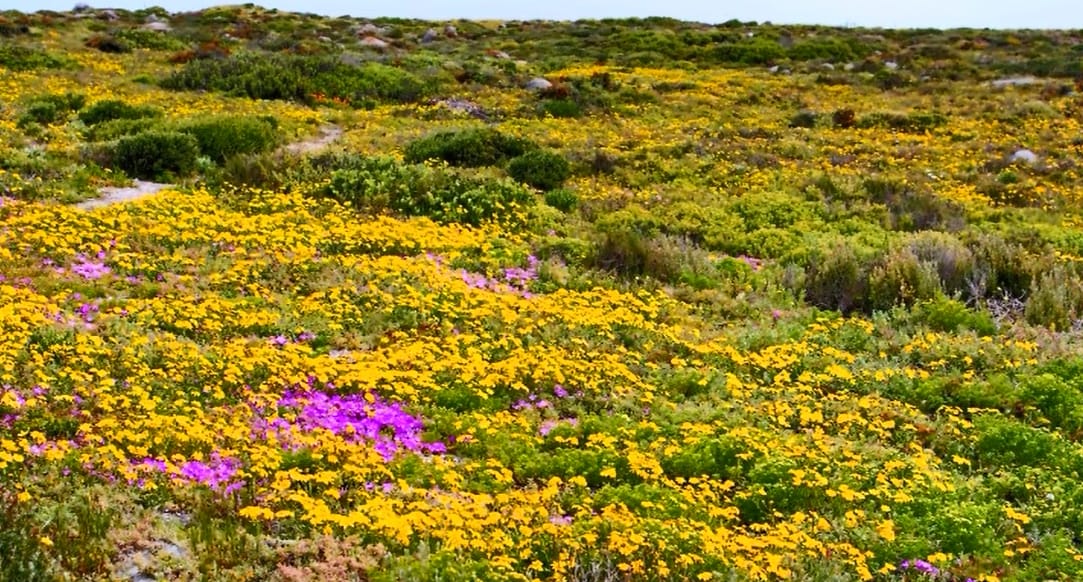
Gate times are as follows:
- Skilpad Rest Camp from 07:30 to 16:00
- Groenrivier Rest Camp from 08:00 to 17:00
Conservation fees until 31 October 2025:
- SA Adult (with SA ID): R58 per person
- SA Child (2 – 11 years): R29 per person
- SADC Adult: R116 per person
- SADC Child (2 – 11 years): R58 per person
- International (non-South African) citizens: R121 per person
- International child (2–11 years): R60 per person

• 𝙵𝚘𝚛 𝚜𝚝𝚘𝚛𝚢 𝚜𝚞𝚋𝚖𝚒𝚜𝚜𝚒𝚘𝚗𝚜 𝚘𝚛 𝚛𝚎𝚟𝚒𝚎𝚠𝚜, 𝚌𝚘𝚗𝚝𝚊𝚌𝚝 𝙼𝚊𝚛𝚒𝚊𝚗𝚊 𝚟𝚒𝚊 𝚎𝚖𝚊𝚒𝚕 (𝚎𝚍𝚒𝚝𝚘𝚛@𝚝𝚑𝚎𝚝𝚛𝚊𝚟𝚎𝚕𝚝𝚑𝚛𝚎𝚊𝚍.𝚌𝚘.𝚣𝚊).
• 𝙵𝚘𝚛 𝚙𝚊𝚛𝚝𝚗𝚎𝚛𝚜𝚑𝚒𝚙𝚜, 𝚖𝚊𝚛𝚔𝚎𝚝𝚒𝚗𝚐, 𝚘𝚛 𝚌𝚘𝚗𝚝𝚎𝚗𝚝 𝚎𝚗𝚚𝚞𝚒𝚛𝚒𝚎𝚜, 𝚌𝚘𝚗𝚝𝚊𝚌𝚝 𝙰𝚗𝚌𝚑𝚎𝚗 𝚟𝚒𝚊 𝚎𝚖𝚊𝚒𝚕 (𝚊𝚗𝚌𝚑𝚎𝚗@𝚒𝚘𝚕𝚘𝚐𝚞𝚎𝚖𝚎𝚍𝚒𝚊.𝚌𝚘𝚖) 𝚘𝚛 𝚜𝚎𝚗𝚍 𝚊 𝚆𝚑𝚊𝚝𝚜𝙰𝚙𝚙 𝚑𝚎𝚛𝚎.

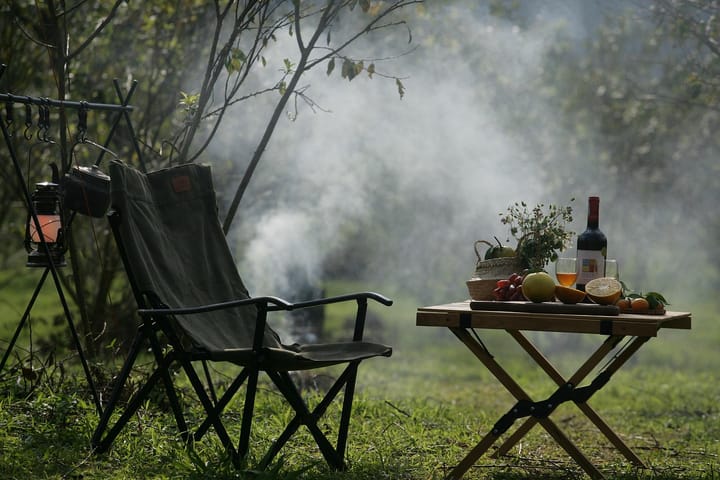
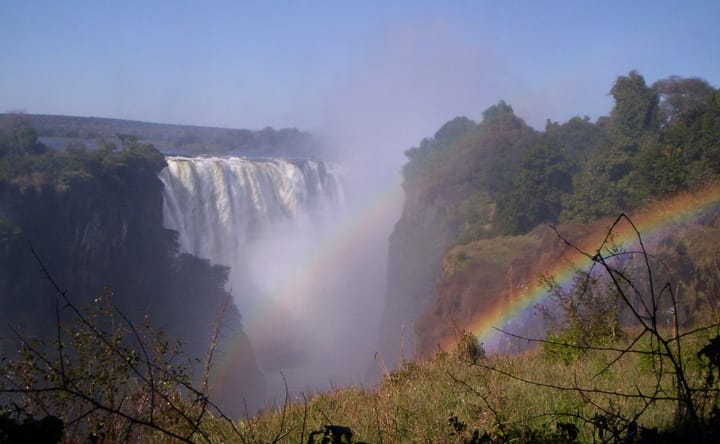
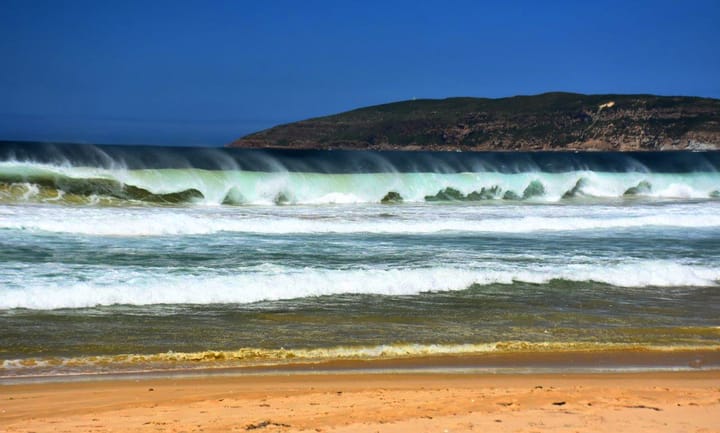
Comments ()